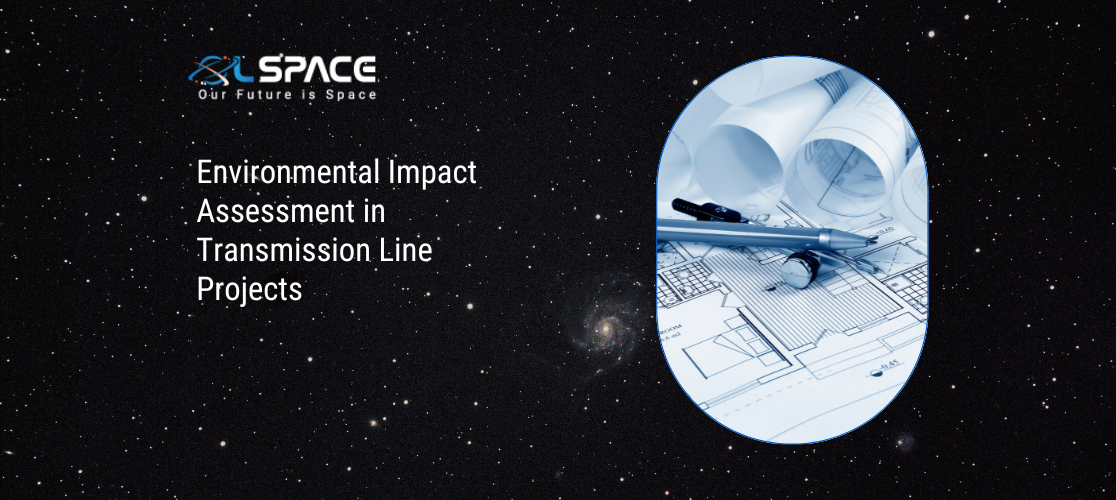03 October 2023
Environmental Impact Assessment in Transmission Line Projects

Environmental Impact Assessment (EIA) is a crucial process in the planning and development of transmission line projects. These assessments aim to identify and evaluate the potential environmental, social, and economic impacts associated with the construction, operation, and maintenance of such projects.
Here’s an overview of the key aspects of EIA in transmission line projects:
Scope of the Assessment:
The first step in EIA is defining the scope of the assessment, which includes determining the geographic area to be studied and the specific environmental components and potential impacts to be evaluated. This could encompass ecosystems, water resources, air quality, wildlife habitats, and cultural heritage sites, among others.
Baseline Data Collection:
Comprehensive baseline data is collected to establish the existing environmental conditions in the project area. This data serves as a reference point for assessing changes caused by the transmission line.
Impact Identification:
During this phase, potential impacts on the environment are identified, both positive and negative. For transmission lines, negative impacts may include habitat disruption, visual aesthetics, electromagnetic fields, and noise pollution.
Impact Assessment:
Each identified impact is assessed in terms of its magnitude, duration, geographic extent, and significance. The goal is to determine the potential consequences of these impacts on the environment and affected communities.
Mitigation Measures:
EIA reports typically recommend mitigation measures to minimize or offset adverse impacts. For transmission lines, this might involve route selection to avoid sensitive areas, use of bird flight diverters to prevent avian collisions, or noise reduction technologies.
Alternative Analysis:
EIA often involves evaluating alternative routes or technologies to minimize environmental impacts. This helps decision-makers choose the most environmentally responsible option.
Public Participation:
Engaging stakeholders and the public is a critical component of EIA. Input from local communities, environmental groups, and other stakeholders helps ensure a more comprehensive assessment and can lead to project modifications that address concerns.
Regulatory Compliance:
The EIA process typically aligns with relevant environmental laws and regulations. Depending on the jurisdiction, this may include compliance with national, state, and local environmental impact assessment requirements.
Environmental Management Plan:
An Environmental Management Plan (EMP) is developed to guide project implementation and ensure ongoing environmental compliance. The EMP outlines monitoring, reporting, and mitigation measures.
Decision and Approval:
After the EIA process is completed, regulatory agencies and decision-makers review the findings and determine whether to approve the project. Approvals may be conditional on the implementation of specific mitigation measures.
Monitoring and Compliance:
Throughout the life of the transmission line project, monitoring and compliance with the EMP are essential to ensure that the project continues to adhere to environmental standards and commitments.
Post-Construction Assessment:
After construction, a post-construction assessment may be conducted to verify that the project’s actual impacts align with the predictions made during the EIA process. Environmental Impact Assessments in transmission line projects play a vital role in balancing the need for reliable energy infrastructure with environmental protection. They help ensure that projects are designed and executed in a way that minimizes harm to ecosystems, communities, and natural resources, contributing to more sustainable and responsible energy development.
